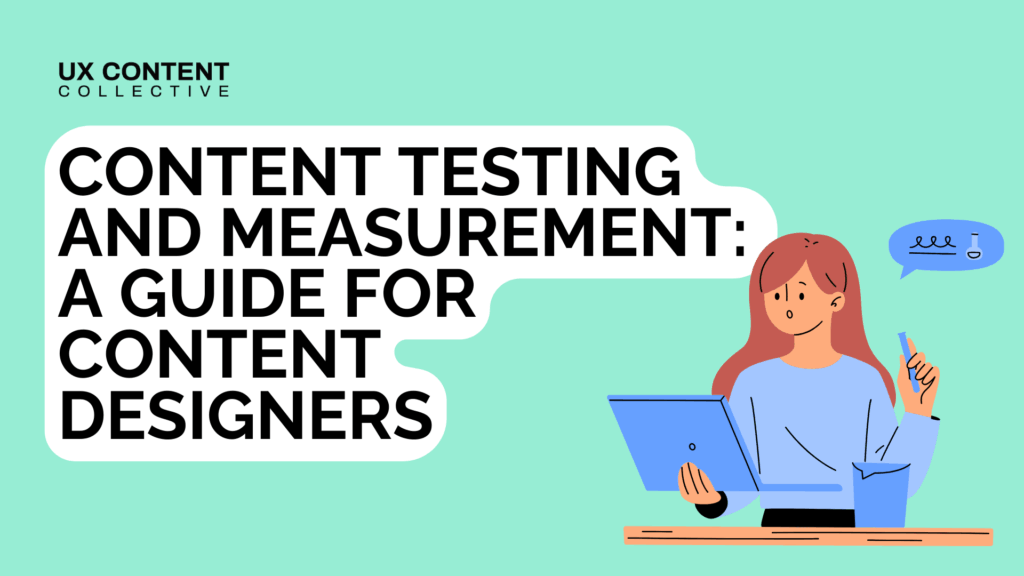
Course excerpt: How to prioritize product content initiatives
The following is an excerpt from our course, Advanced UX Content for Product. This excerpt is taken from the lesson "Planning and prioritization across product systems."
Don’t miss a post – join our newsletter to get new posts and an industry round-up in your inbox every week.






















Get our weekly Dash newsletter packed with links, regular updates with resources, discounts, and more.
